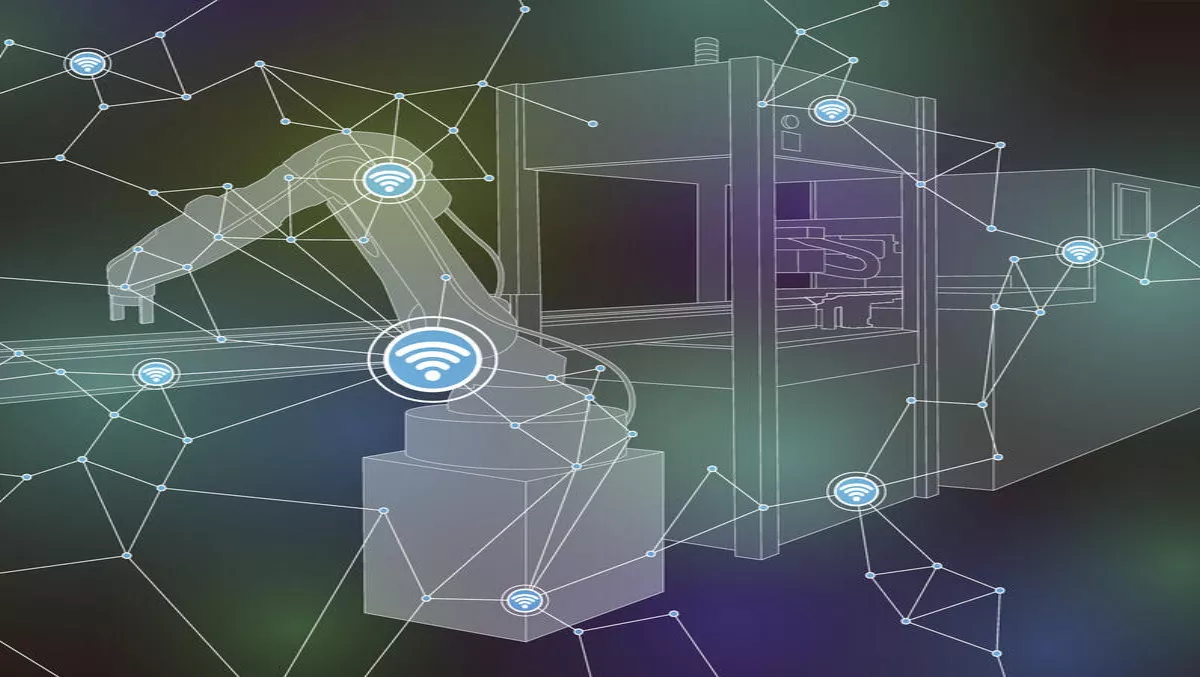
Scale or fail: Manufacturing companies must leverage cloud and interconnection
From banking and the FinTech challengers to AirBnB and SkyScanner in the travel industry, we have witnessed entire industries transformed in the space of a few short years by rapidly evolving, data-led technologies.
But there's perhaps no other industry that has experienced digital disruption quite like manufacturing.
The sector is experiencing remarkable change.
The Industrial Internet of Things (IIoT), cloud computing, big data and cognitive computing – collectively termed as the fourth industrial revolution, or Industry 4.0 – is starting to herald changes to systems and processes of the like never seen before.
This is only going to continue as we move towards the panacea of the 'smart factory' and data-driven decision making.
Some have embraced this change as an opportunity to continuously improve, but others have been slow to respond, and we've seen high-profile players faltering or failing altogether because of their inability to adapt.
But as the pace of change continues to quicken, manufacturing companies need to understand the technical implications of the fourth industrial revolution for their businesses and prepare accordingly.
Digital transformationFor manufacturing companies, surviving and thriving is no longer a case of simply optimising costs or reducing waste.
Thanks to an industry-wide push for lean manufacturing spearheaded by top manufacturers such as General Motors and Toyota, most industry players are operating in an incredibly efficient way.
If companies really want to succeed, they need to focus their efforts on another important piece of the puzzle: digital transformation.
The biggest threat to manufacturing companies is not being able to move fast enough to respond to fast-changing market conditions and customer requirements; they need the ability to "scale up" at a moment's notice.
This is especially important as new data-intensive innovations continue to transform the industry.
From autonomous robots on the assembly floor to asset tracking in the finance department, manufacturers are deploying IoT solutions in every corner of their business, and for good reason.
According to TATA's TCS Global Trend study on IoT, executives in industrial manufacturing are reporting an astonishing 28.5% average increase in revenue from utilising IoT solutions in between 2013 and 2014.
Today's top players such as Siemens and General Electric are thriving in a highly competitive, constantly changing landscape thanks to their recognition of the importance of digital innovation and embracing IIOT as a transformational opportunity for their business.
But an innovative, forward-thinking approach such as this creates huge amounts of data and requires robust systems and processes to be in place.
So how can the manufacturing industry ensure it has the IT infrastructure in place to be able to cope with this in the months and years to come?
Laying foundations for the futureUntil recently, the industry has struggled to adopt cloud computing technologies outside of the relative simple Infrastructure-as-a-Service (IaaS) platforms that are available, because the cost of "moving to the cloud" has often been regarded as too high, or because of perceived security threats.
Finally, companies are beginning to realise that these concerns are unfounded.
In order for manufacturing companies to meet the growing digital demands of the future, they must re-architect their IT infrastructures to be built around data sharing, collaboration and innovation.
While IoT adoption is on the rise, this technology doesn't come without its challenges.
The rise of IoT has resulted in unprecedented data demands, and the Internet's current infrastructure is struggling to keep up.
To cope with these data demands, Europe is undergoing an explosive level of growth in bandwidth capacity.
According to the Global Interconnection Index, Europe's level of "interconnection bandwidth" – a measure of the total capacity provisioned to privately and directly exchange traffic with a diverse set of counterparties and providers at distributed IT exchange points – is expected to quadruple in size between 2017 and 2020.
Growth in European manufacturing is also notable as the industry is expected to more than triple its interconnection bandwidth capacity by 2020.
This growth in the region, driven by rapid economic development in the Middle East and Africa, as well as the need for European businesses to exchange information with other businesses in-region, will position EMEA as the second largest region for interconnection bandwidth capacity, behind only the US.
In an industry more fast-paced than ever before, the ability to adapt to digital disruption will be vital to the long-term success of manufacturing companies.
Enterprises that can scale their IT infrastructure appropriately and quickly will find themselves ahead of their competitors and ready for whatever the future holds, and will undoubtedly reap the benefits.
Article by Russell Poole, Equinix blog network


